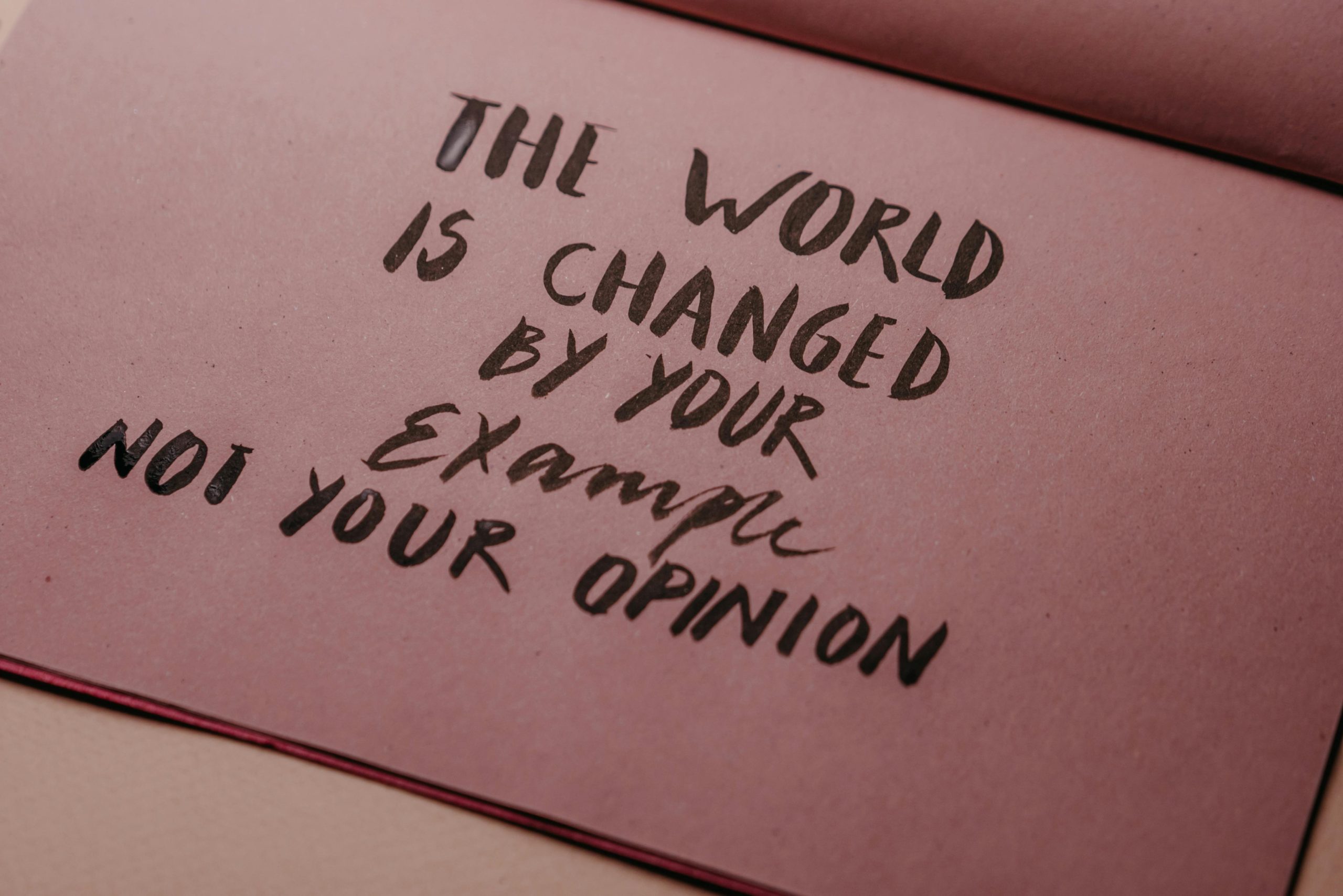YC companies (startups that have been through Y Combinator) often prefer simple, streamlined design aesthetics focused on functionality. Several common design techniques that stand out include minimalist layouts, a clean and easy-to-navigate user interface, and a strong emphasis on typography and whitespace. These elements are typically chosen to create a seamless user experience that prioritizes content and usability over embellishments.
Minimalistic Approach: Many YC-founded sites use a minimalist approach that favors simplicity. This involves using a limited color palette, intuitive navigation menus, and concise content. The goal is to ensure that users can access the information they need without distraction.
Responsive Design: As mobile device usage continues to grow, YC companies commonly ensure their websites are responsive. This means the design adjusts to fit different screen sizes and orientations, providing a consistent experience regardless of the device being used.
Whitespace Utilization: Whitespace, or negative space, is intentionally left blank on these sites to create breathing room around text and images, guiding users’ focus and making their interaction more comfortable and efficient.
Emphasized Typography: Thoughtful typography is often a hallmark of these designs. Using clear, readable fonts creates a hierarchy of information and improves the site’s readability.
Fast Load Times: YC companies often prioritize site speed and performance. This involves optimizing images, leveraging browser caching, and minimizing code to reduce page load times, which not only enhances user experience but also improves SEO rankings.
Overall, these design principles aim to create functional, user-centric websites that effectively communicate the brand while supporting user needs and goals.


One response to “What common design feature often appears on sites by YC companies?”
This post provides a great overview of the design principles embraced by YC companies! In addition to the streamlined aesthetics and responsiveness mentioned, it’s interesting to consider how these design choices also reflect a deeper understanding of user psychology.
For instance, the focus on minimalism and impactful whitespace stems from cognitive load theory, which posits that reducing distractions allows users to process information more effectively. By presenting information in a clear hierarchy and using thoughtfully chosen typography, YC companies not only enhance readability but also guide users toward desired actions without overwhelming them.
Moreover, the emphasis on fast load times speaks to the growing importance of user experience in both retention and conversion rates. A study has shown that even a one-second delay in page load time can lead to a significant decrease in user satisfaction and engagement.
It’s also beneficial to note that while these principles foster simplicity, they can be challenging to execute effectively. Balancing aesthetics, functionality, and brand identity requires careful consideration and iteration. It would be intriguing to see how emerging YC startups integrate these principles while also experimenting with more distinctive branding to stand out in a crowded digital landscape.
What are your thoughts on how startups can evolve their design strategies without straying too far from these minimalist foundations? Would love to hear more perspectives on this!